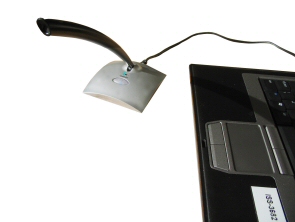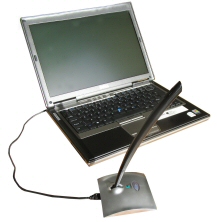Below is a list of tips based on our experiences of recording our own podcasts.
Preparation
-
Use a small quiet room, if possible do not use your own office in order to avoid interruptions.
-
Make sure you have the necessary equipment. Test it before use.
-
Plan out the structure for your podcast. Break it into clear sections. However don’t write everything down word for word since this will sound “wooden”. Use bullet points; write down key words and important points.
-
Book in the time so that you can record uninterrupted, unplug phone etc.
-
Run through what you will say a few times to get an idea of how long it will take.
Recording
-
Close the windows, ambient noise from open windows can affect the quality of your recording.
-
If necessary unplug your phone, put a “do not disturb” sign on your door in order to avoid interruptions.
-
Run through what you will say at least once before the actual recording: get used to talking it through and get a realistic idea of the time it will take.

-
When you start recording, record a sentence and check that it sounds ok and that the microphone is in a good position to pick up all speakers.
-
Create your recording as one large file, rather than making lots of small ones, i.e. start recording and leave it recording until the end. It is easier to edit one big file than lots of small ones which you then have to paste together.
-
If you are recording more than one person speaking make sure the microphone can pick up all speakers without you having to move the microphone around, which can add unwanted noise to the recording.
-
Make a pause in your speech between each section, or paragraph – this way if you make a mistake it will be easier to edit and start again from your last pause.
-
Don’t worry about making mistakes, leave a gap and start again – you can edit it later.
-
Don’t worry about “umms and errs” you can edit these out if you wish.
-
If you are recording an interview leave a gap (about 3 seconds) between each question and answer – if someone makes a mistake and wants to start again it will be easier to edit.
-
Sometimes the computer screen can be distracting, turn off your monitor or turn away your laptop during your recording if possible.
Editing
-

Before you begin to edit your recording, playback the entire recording first, listening to what you have recorded. This will help you to identify which areas you wish to edit.
-
If you edit out “umms and errs” you may not wish to edit out all of them. Too much will make the recording sound unnatural.
-
When you have edited your recording, save it as a new file rather than overwriting the existing one. If you realise you missed a part or edited away too much you are able to refer back to your original unedited recording.
